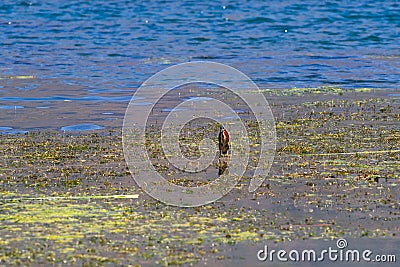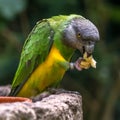Find results that contain all of your keywords. Content filter is on.
Search will return best illustrations, stock vectors and clipart.
Choose orientation:
Make it so!
You have chosen to exclude "" from your results.
Choose orientation:
Explore cartoons & images using related keywords:
america
ancient
animals
atitlan
bait
bird
birds
bittern butor butorides central coast dawn drown dusk eat english europe fish grab greek green greenish guatemala hawaii heron hungry invertebrate lake latin leeches mice middle nocturnal north oides pacific pembrokeshire rare resembling rope small species stands subspecies swallowing tides tools use vagrantsWildlife:A Green Heron Stands On A Rope In Lake Atitlan Guatemala Stock Photo
Designed by
Title
Wildlife:A Green Heron stands on a rope in Lake Atitlan Guatemala #163679244
Description











